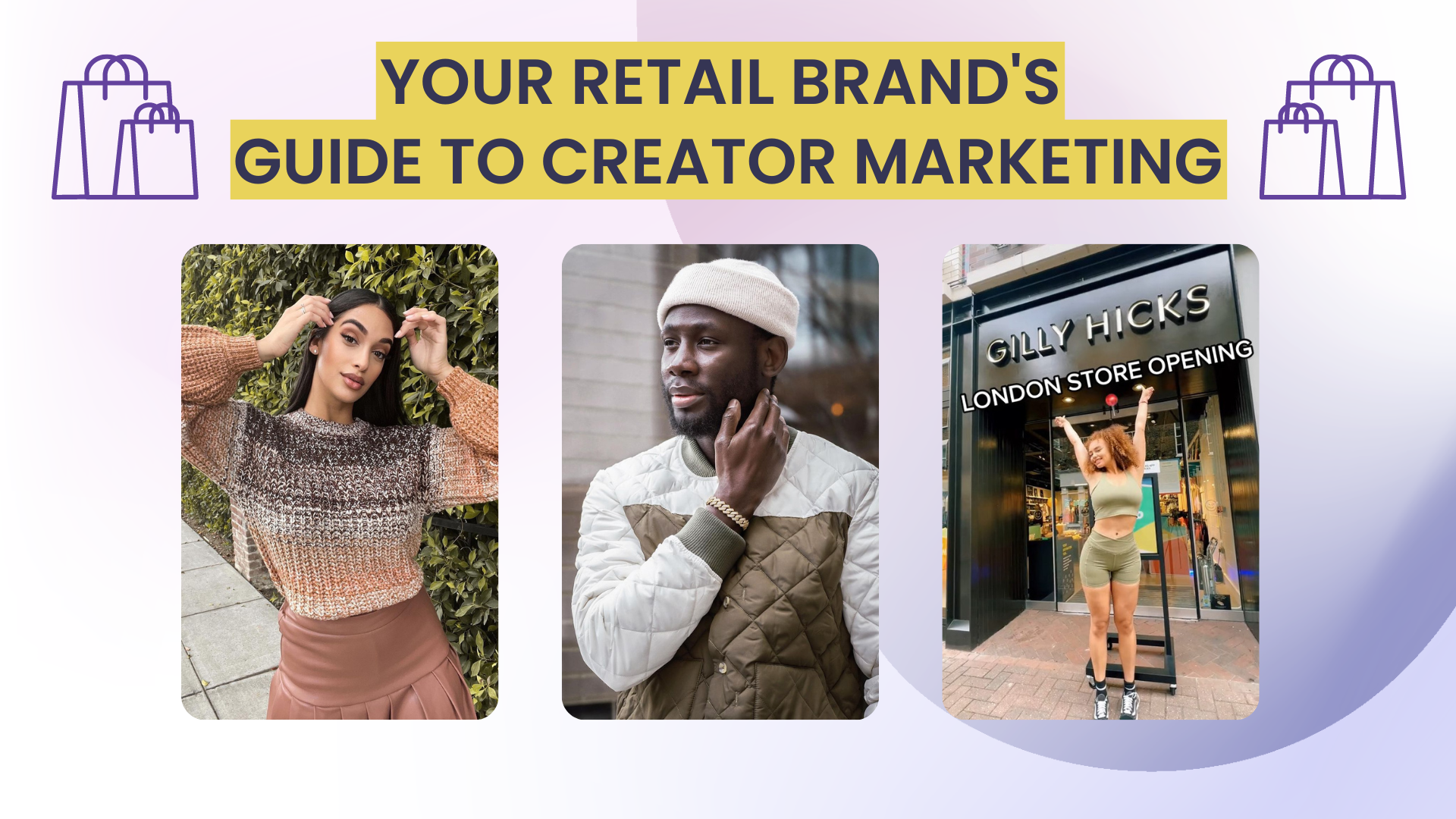The retail industry is vast and encompasses many areas. The list goes on and on, from personal care to electronics to fashion products, which means competition is fierce. But there is much to be gained in the industry; in 2022, global retail sales are expected to exceed $27.3 trillion.
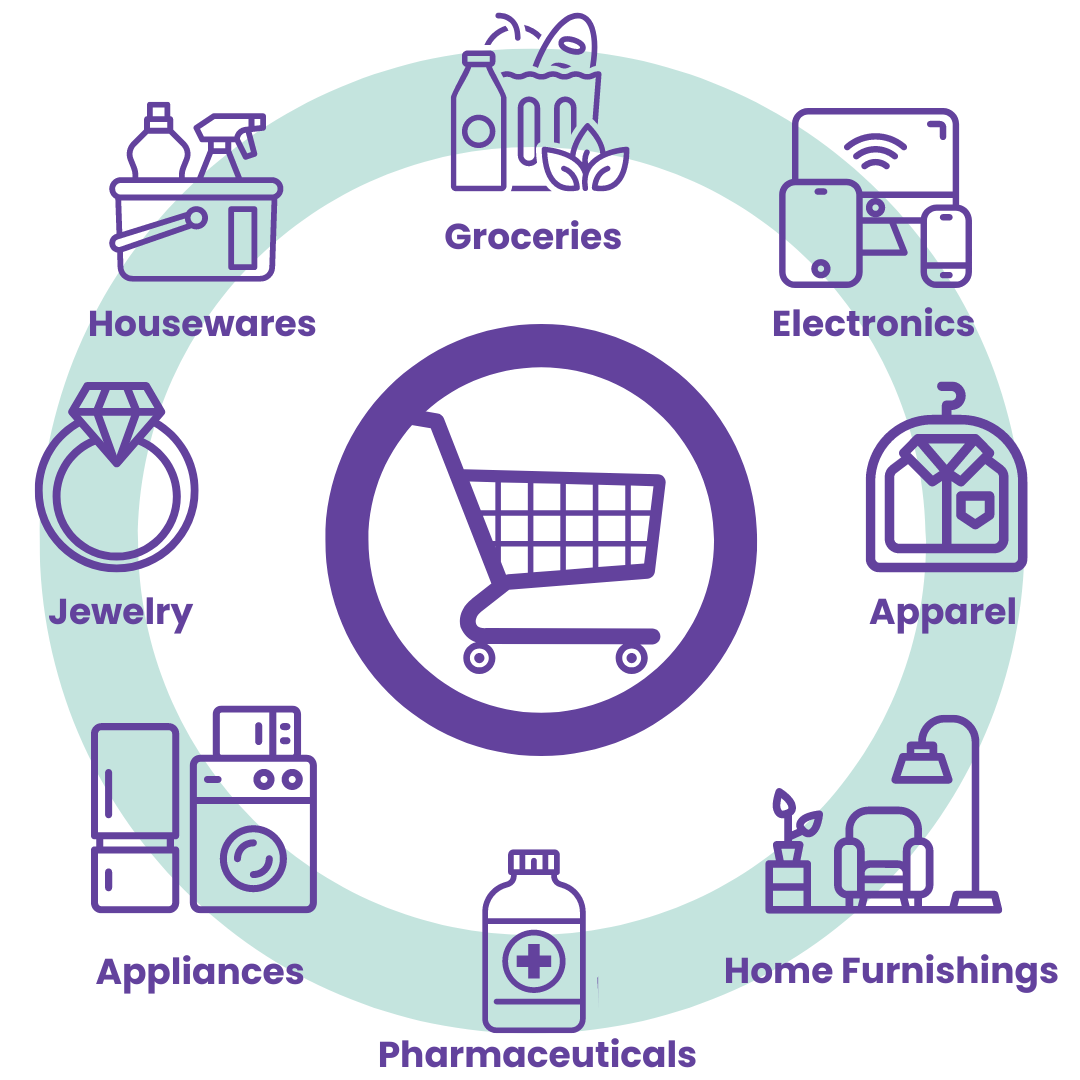 At some point, we are all shoppers, and everyone can relate to the hunt for the perfect product. When we begin our personal shopping journey, we see that the options for a singular product are endless. Looking for haircare? Tons of products to search through. Looking for a new pair of shoes? The choices seem infinite, from aisle to aisle, store to store, and online shop to online shop. Even just searching for a new pan, there appear to be never-ending options; frankly, it’s overwhelming.
At some point, we are all shoppers, and everyone can relate to the hunt for the perfect product. When we begin our personal shopping journey, we see that the options for a singular product are endless. Looking for haircare? Tons of products to search through. Looking for a new pair of shoes? The choices seem infinite, from aisle to aisle, store to store, and online shop to online shop. Even just searching for a new pan, there appear to be never-ending options; frankly, it’s overwhelming.
Shoppers’ fatigue is something we, as people behind the brands, can relate to ourselves. And awareness of shoppers’ decision fatigue as a brand is vital when marketing your products.
Make it easy for consumers to choose your brand. You can stay top of mind by outperforming your competitors on the marketing front, which will ease the negative effects of decision fatigue.
To hold a place at the top of your customers’ minds, you must also understand their shopping habits.
Ever-Evolving Consumer Habits
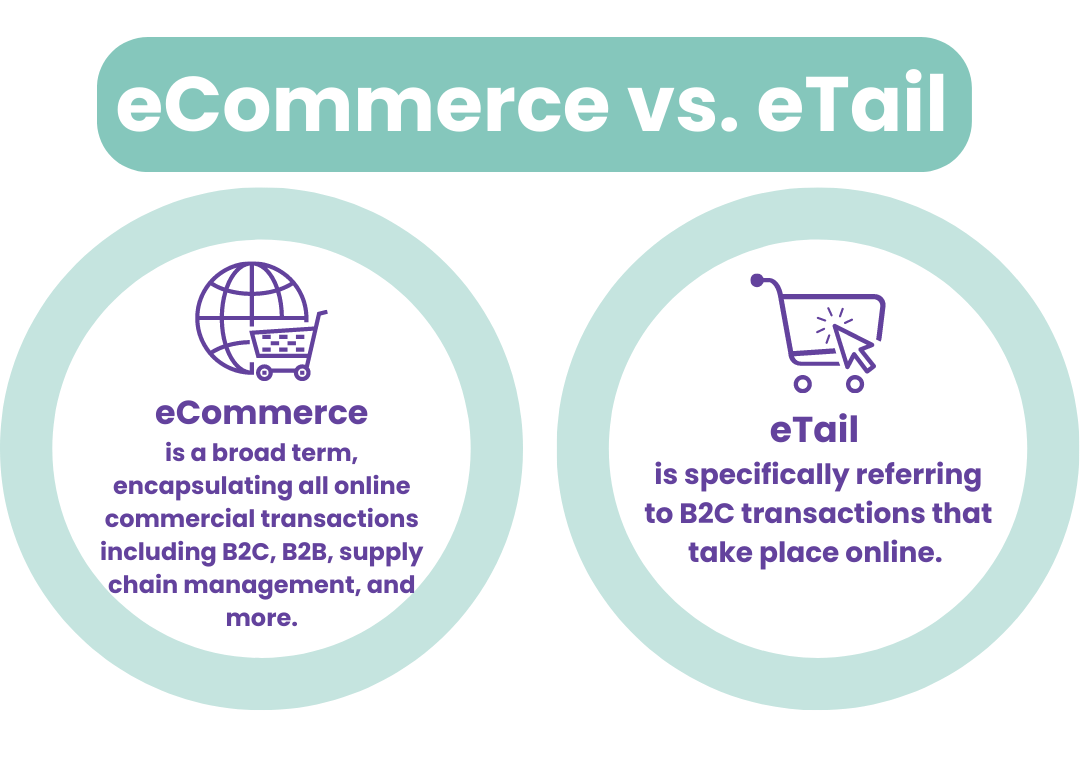
The turbulent events of the past few years have caused consumer shopping habits to change time and time again. During the pandemic in 2020, brick-and-mortar sales plummeted and eTail skyrocketed. Now, as the effects of the pandemic subside, eTail growth has been leveling out after its extreme surge, and brick-and-mortar sales are swiftly returning to normal.
In 2021, eMarketer reported in-store sales rebounding post-pandemic by 8.2% to over $21 trillion. Additionally, there have been far more store openings than closures this past year: 4,432 versus 1,954, respectively.
However, this doesn’t mean companies should abandon their eTail efforts. Online shopping will be an everlasting part of retail buying, still amounting to over 20% of all global retail spending. Almost 80% of US consumers shop online at least once a month, and 56.6% prefer it.
Inflation on our Minds
Inflation is increasing to disheartening levels; in most advanced economies, prices have doubled over the past two years. Inflation is on most shoppers’ minds and is affecting their shopping habits. For instance, gas, grocery, and restaurant expenditures have grown more significantly than retail in Q1 of 2022.

However, don’t get bogged down by inflation fears and make rash decisions– like cutting back on your marketing budget. This will only harm your company in the long run. Keep your marketing going strong; however, consider changing your tune to be more transparent and empathetic.
Consider alternative ways you can draw people towards buying your products. Think loyalty programs and free delivery for large purchases. After all, 54% of consumers are more likely to purchase if delivery is free. Any semblance of financial relief may sway consumers to choose your brand and help you in the long run.
Omnichannel Retail Strategy
Your best bet in satisfying the needs of every type of consumer? Use an omnichannel retail strategy.
Omnichannel retail is a multi-channel approach to retail, where a company delivers a consistent shopping and purchasing experience across several channels. These channels include online, in-person stores, and social commerce platforms.
Ninety-six percent of consumers already expect a seamless experience across all channels, so if your brand doesn’t offer this, you are behind in the game. Using this strategy will ensure that you provide the preferred shopping experience for every shopper and make it easier for them to make the purchase at checkout.
Draw Their Attention Where it Matters
As we know, retail is highly competitive for brands, and decision fatigue is stressful for consumers! It’s essential to reach people where they already are in the least disruptive way possible. People often check their phones unconsciously for at least 15 seconds numerous times throughout the day, and on average people check social media 17 times a day.
Use this time they spend on their phones and social media to capture their attention. But don’t just create another ad that piles onto their fatigue. Create something unique and personal. Partner with an influencer marketing company and create a creator marketing campaign! Blending your brand into their feed will help you avoid being another intrusive and exhausting ad.
Statista estimates retail companies will be spending $4.62 billion per year by 2023 on influencer marketing. It’s crucial to activate creator campaigns to stand a chance against competitors.
What Are Creators Bringing to the Table?
Authenticity
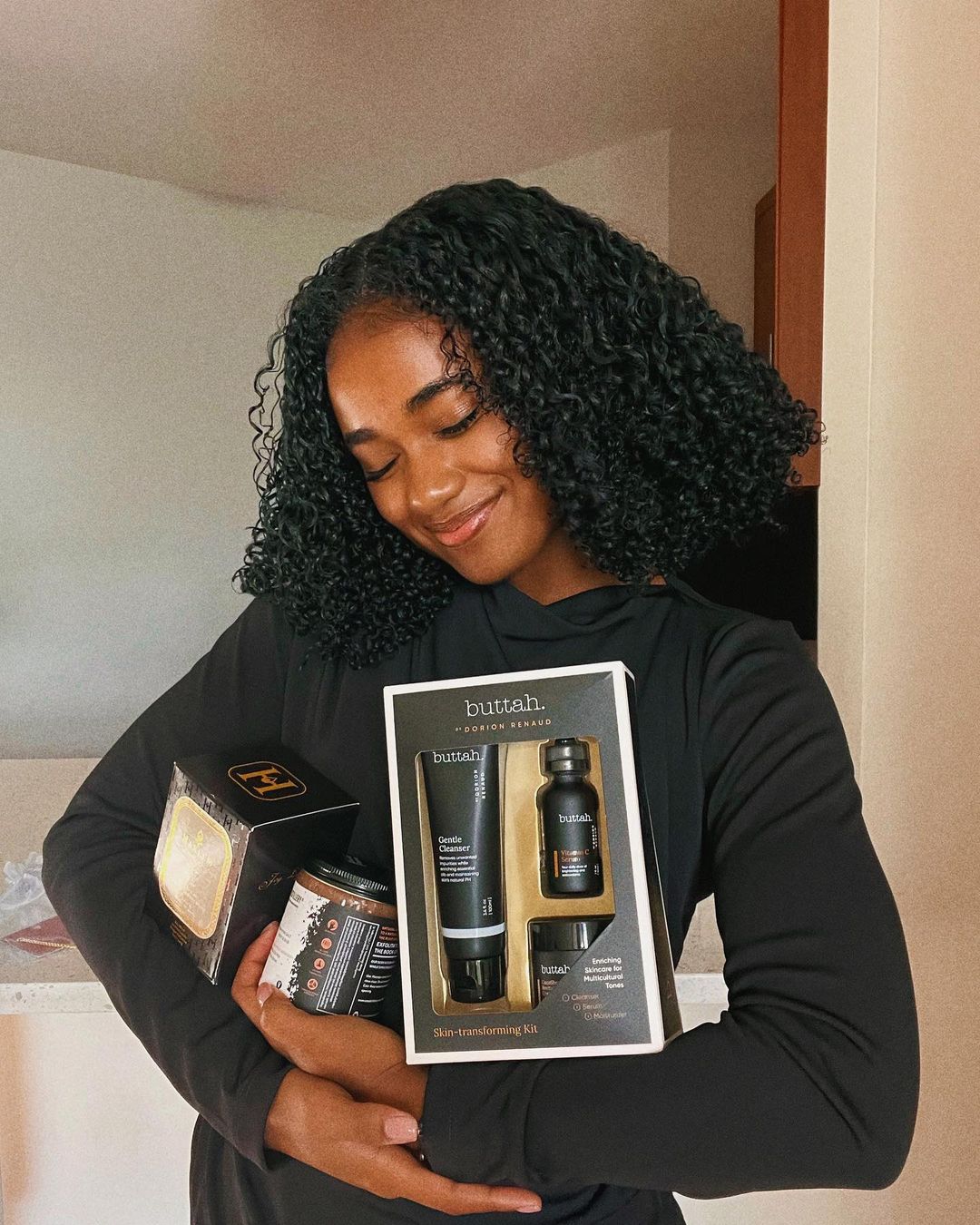
@ashley_masse x Macy’s
Activating creators on social media brings your brand to life and creates authentic content that can inspire action among consumers.
In an online setting, creators are the new sales floor associates. They guide users’ shopping decisions, test the products, offer helpful information, and can even offer their followers deals! But why do they do it better? Seventy-two percent of consumers trust a business more after a creator recommends it, and 92% trust creator recommendations over classic ads and celebrity endorsements.

@alcequine_ x Nature Made
Increased Brand Awareness and Loyalty
Building brand awareness is the first step in entering the sales funnel. Creators generate substantial brand awareness in the online realm, which leads consumers to have your brand at the top of their minds during their next shopping trip or even straight to the purchase within the app.
Think back to the many viral products on TikTok, and users immediately flocked to purchase. If a creator is trusted and admired by their followers in one of the numerous TikTok communities, a recommendation can lead them straight to checkout. #TikTokMadeMeBuyIt
Niche Reach

@nurseclara x Oxiclean
People are drawn to and follow creators with whom they share common interests and hobbies. These groups of people become a tightly knit community and can be ultra-niche! In the retail industry, it’s relatively easy to identify which TikTok niche or TikTok niches your brand fits into. Are you beauty-related? Art-related? Cooking-related? Parent-related? Tech-related?
Finding your appropriate niche is a highly powerful tool in itself. It helps you understand who you need to be marketing to, and when you discover and partner with creators in the niche, you target people to whom your products will be relevant.
Leveraging micro and nano-creators is a great way to hit hyper-specific niches. Often, micro-creators have even more trust from their followers and produce higher engagement rates.
Take Your Campaign to the Next Level
In today’s market, creator campaigns are a must. So much so that you need to take your campaign to the next level to truly stand out. Thinking outside of the box helps to create thumb-stopping content and drive conversions.
“The social space is saturated. The best way to stand out is to use creators in a really unique way. Everybody is doing the standard content program on social. That’s table stakes; that’s no longer innovative. You have to take your creator marketing to the next level. So what we’ve been doing is leveraging new formats and features and ways of using creators differently.”
-Diana Perlov, Director of Client Success
Use Social Media Features

Social media platforms are constantly evolving. New features are released periodically in order to keep users engaged. To stay relevant, brands need to adapt their strategies to take full advantage of the potential of these innovative platform solutions.
Stay ahead of your competitors by testing unexplored features that will draw attention and make them more exciting and unique. Keep in mind that giving your creators more creative freedom and allowing them to have fun with it will also elevate your campaign and make it more human.
“Influencers know their followers’ desires as they exchange with them on a daily basis. Lifting creative restrictions grants creators the freedom to produce content that will resonate best with their audience. It’s crucial for retailers to stay current with new content trends on each platform (i.e. OOTDs, GRWM, transition videos) and since creators are interacting with the social platforms daily they are more likely to know which trends their audience will like, potentially leading to a viral campaign.”
-Scarlett Sulliman, Account Manager
“Trust the process with your creators! There are some retailers who will place restrictions on the type of content the talent is expected to produce. This limits the creator’s ability to execute the campaign and create something that will resonate with their audience, which may result in poor performance,” continues Scarlett.
Additionally, you can track different metrics using social commerce features, such as IG’s Your Shop, TikTok social commerce and live shopping, and Product Tags. The metrics can help you understand where your brand is performing well, where you can improve, what products are doing well, and which need more love.
“I would say 99% of retail brands have their storefront set up on IG. That’s a win for influencer marketing because as long as their products are set up on IG, the creators can link to those products on their posts, and that’s a seamless way to drive lower funnel metrics so you can actually see which products got the most views and clicks so it’s not just about oh this post performed really well,” says Diana Perlov, Director of Client Success.
Make Use of Hyper-Geo Targeting to Drive Foot-Traffic
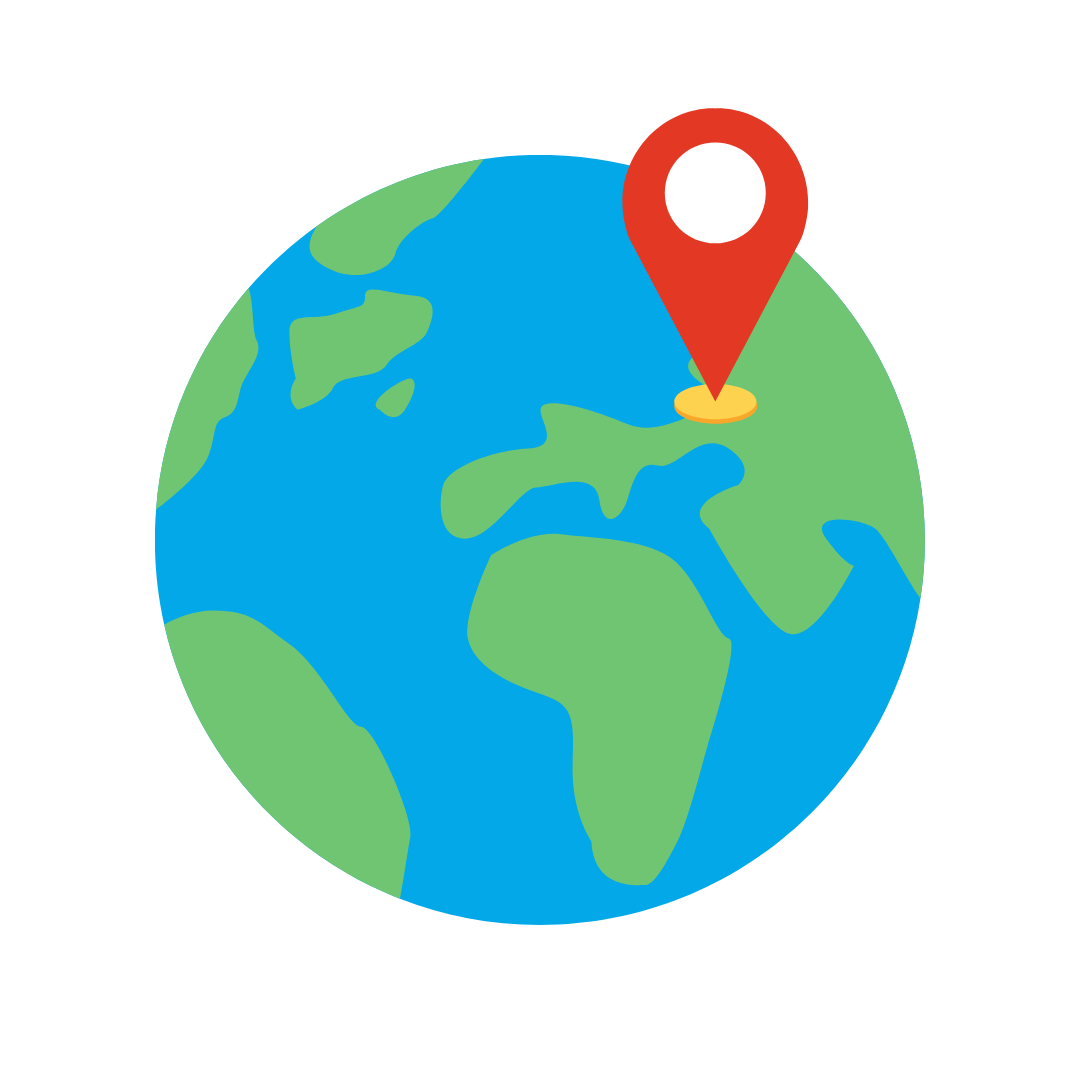 As we discussed, brick-and-mortar sales are bouncing back to pre-pandemic levels. eMarketer reports that 2021 in-person sales exceeded 2019 in-person sales, and it’s predicted to keep increasing. Marketing on social platforms is a powerful tool to increase in-person sales, 74% of consumers research products online before visiting stores.
As we discussed, brick-and-mortar sales are bouncing back to pre-pandemic levels. eMarketer reports that 2021 in-person sales exceeded 2019 in-person sales, and it’s predicted to keep increasing. Marketing on social platforms is a powerful tool to increase in-person sales, 74% of consumers research products online before visiting stores.
While you cannot precisely track who in-store is making purchases based on social posts, there have been spectacular instances of products selling out in stores after going viral on platforms like TikTok or the Instagram influencer network. Many stores, such as Barnes and Noble and Bath & Bodyworks, feature TikTok tables and shelves, triggering an uptick in sales of products from the sections.
Utilizing hyper-geo targeting in your campaign is a valuable way to ensure that the people you target are near your in-store products and can easily access and purchase them.
Build Brand Experiences
Post-pandemic, one-third of consumers say they spend more money on experiences than possessions. In 2022, creating interactive experiences for your customers is a must, whether they are hybrid, in-person, or online experiences. In retail, there is an abundance of opportunities to use experiences to create successful campaigns.
If consumers cannot directly attend your experiential event, invite creators! They can take their followers with them on their adventure and spark excitement.
Experiential Opportunities:
- New store openings
- Product launch events
- Booths at festivals, farmer’s markets, or trade shows
- Pop-up shops
- Samplings or demos in store
- Behind-the-scenes experiences
Let’s Talk ✨Phygital✨
As you know, eCommerce and eTail are no longer new concepts. They have been deeply embedded in the retail journey for many years. Even before the COVID-19 Pandemic, remember the early days of Amazon?
With that being said, both in-person sales and online sales are essential in the retail industry. Phygital is uniting both online and offline experiences for consumers. As mentioned above, you can execute being phygital by making an experiential campaign and inspiring your customers to take action.
The Future is Now: Hybrid and Digital Experiences
This is the future, and you can begin innovating by incorporating new technology into your campaign and overall business.
Some companies have begun to integrate into the Metaverse. They accomplish this by creating online advertisements, storefronts, and events. Create experiences that excite people, like Virtual Reality events and collectible NFTs offering real-world perks. Developing digital and hybrid experiences will help you stay ahead of the curve and become a true innovator.
“Lean into AI technology to bring the product to the consumer. Through this technology, consumers have the ability to ‘try on’ clothes, accessories, make-up, home decor items, and more, creating a user-friendly experience that is fast, convenient, and effortless,” says Scarlett Sulliman, Account Manager.
Get Inspired by These Retail Campaigns:
Macy’s Metaverse Store Front
View this post on Instagram
View this post on Instagram
Target’s Convos with CEOs
Gilly Hicks Store Opening
View this post on Instagram
@sonnyturner___ Soooo I was invited to the @Gilly Hicks London store opening! And I’m taking you guys with me …. 🌼❤️ #GillyHicksPartner #AD ♬ original sound – Sonny Turner
Retail is competitive, and you must cover all bases to win! Be online and offline, give users a seamless experience on all fronts, and most importantly, be human. Creators humanize you and build trust and community.
Open Influence is a global influencer agency that specializes in adding the human touch to creator marketing campaigns. Reach out to us and get started on a successful campaign today!

